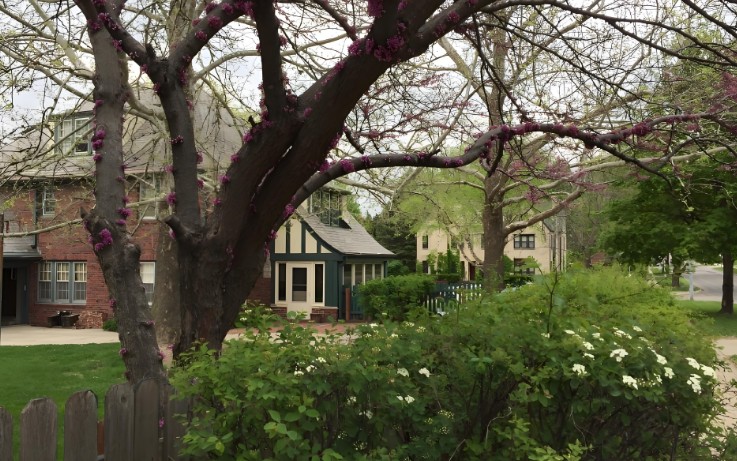March 8, 1968
To the Stockholders of Berkshire Hathaway Inc.:
The Company has adopted a calendar year for accounting purposes. This new calendar year end substitutes for the previous September 30 year end. The change was effective December 30, 1967. This report covers the fifteen months ended December 30, 1967.

### Textile Operations
#### Fiscal Year Ended September 30, 1967
**Manufacturing Operation**
Because of reduced levels of production, smaller individual orders, and more frequent loom shifts, manufacturing costs were materially higher than in the last several years. A return to full operation should correct this situation to a great extent. Although product development and diversification of fabrics will result in higher manufacturing costs, these higher costs should be more than offset by higher prices for the fabrics and result in greater profits.
**Labor Relations**
Labor relations remain satisfactory. Our labor contract will carry us through until April of 1969. A general wage rate increase is called for by this contract in April of 1968. The current labor market is a difficult one, as for most industries, with relatively fewer job applications being received from persons possessing the requisite training and skills.
#### Three Months Ended December 30, 1967
This quarter showed a very definite increase in demand in all divisions except King Philip D. We operated at close to normal levels, with some equipment idle only because of our inability to quickly obtain and train sufficient people. Our new Apparel Fabrics Division was off to a good start and our Home Fabrics Division renewed its historical strong growth pattern. Based on current market conditions, we expect a significant improvement in textile operating profits during 1968. Our operating loss carryforward has been fully utilized and any future net profit we realize will be subject to normal federal income taxes.
The portion of our business which proved unsatisfactory was the cotton lawn business. As a result of a second market survey, it was decided to close the King Philip D Division in Warren, Rhode Island where these goods were manufactured. The plant was an efficient one for the manufacture of fine combed lawns, which, unfortunately, are no longer in any sort of demand. The equipment at this plant had little adaptability to other end products, thereby making a conversion attempt uneconomical. The decision to terminate operations was hastened by the very large increase in the cost of new crop cotton, which could not be reflected in increased finished product prices. Any loss from termination of operations at King Philip D will be reflected as incurred in 1968. At this point in time, we can only speculate as to the amount of this loss but we do not envision that it will exceed $1 million pre-tax.
### Insurance Subsidiaries
We are highly pleased with the results of our insurance subsidiaries since their acquisition in March 1967. These two companies, National Indemnity Company and National Fire and Marine Insurance Company, continue under the very able management of Mr. Jack Ringwalt who has guided them since inception.
Gross premium volume increased only slightly during 1967, but termination of certain re-insurance arrangements resulted in a substantial gain in net premium volume. Underwriting was conducted at a good profit margin and investment income increased substantially, reflecting both a greater base of assets and the higher yields that prevailed throughout the year in the fixed income sector. All earnings of the insurance subsidiaries are being retained to build additional capital strength.
Our investment in the insurance companies reflects a first major step in our efforts to achieve a more diversified base of earning power. The success of this effort is indicated by the attainment of earnings in the subsidiaries during 1967 which substantially exceeded the earnings attributable to a larger capital investment in the textile business. We expect that there will be years in the future when the order of relative profitability is reversed, reflecting different stages in both the insurance and textile cycles. However, we believe it is an added factor of strength to have these two unrelated sources of earnings rather than to be solely exposed to the conditions of one industry, as heretofore.
### Future Objectives
Management continues to be alert to opportunities to expand our operations in either the textile business, the insurance business or unrelated areas. We feel it is essential that we not repeat the history of the 1956-1966 period, when over-all earnings on average invested capital of over $30 million were something less than zero. Our present liquid resources held in readily marketable common stocks are available for either acquisition of new businesses or for application toward greater profit opportunities in our present operations. In addition, we will not hesitate to borrow money to take advantage of attractive opportunities. Our goal is to obtain a reasonably stable and substantial level of earning power commensurate with the capital employed in the business.
Malcolm G. Chace, Jr.
Chairman of the Board
Kenneth V. Chace
President
Warren E. Buffett
